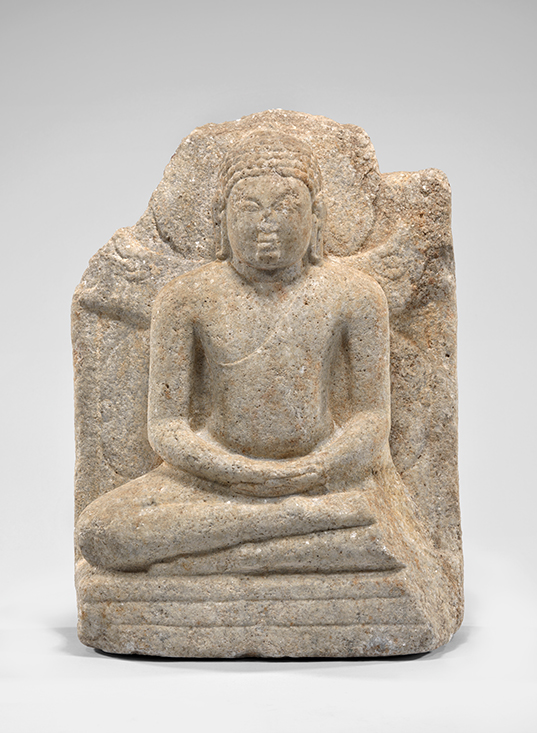Benevolent Beings: Buddhas and Bodhisattvas from South and Southeast Asia

Sri Lanka: Anuradhapura period, Buddha Shakyamuni in Meditation, 5th–6th century, dolomite, Norton Simon Museum, Gift of Iuliana and Mark Philips
- DATE:
- TIME:
- 1:00 pm – 2:00 pm
- SPEAKER:
- Museum Educator
Find tranquility with a restorative tour focused on the exhibition Benevolent Beings: Buddhas and Bodhisattvas from South and Southeast Asia. Join a Museum educator for a journey through sacred Buddhist objects from the 1st century BCE to the 20th century CE.
EVENT DETAILS
- Fee:
- Free with museum admission.
- Details:
- Space is limited to 15 participants on a first-come, first-served basis. Sign up at the Information Desk when the Museum opens.
- Location:
- Meets in Entrance Gallery
